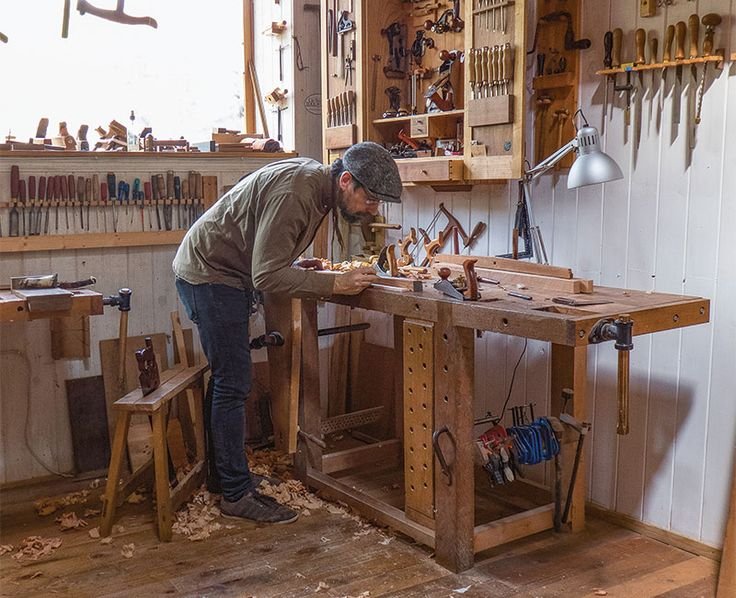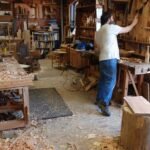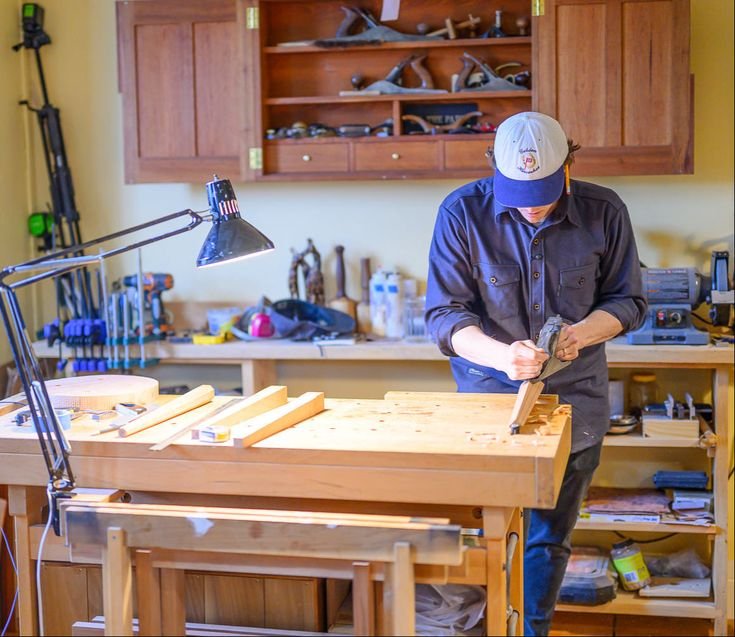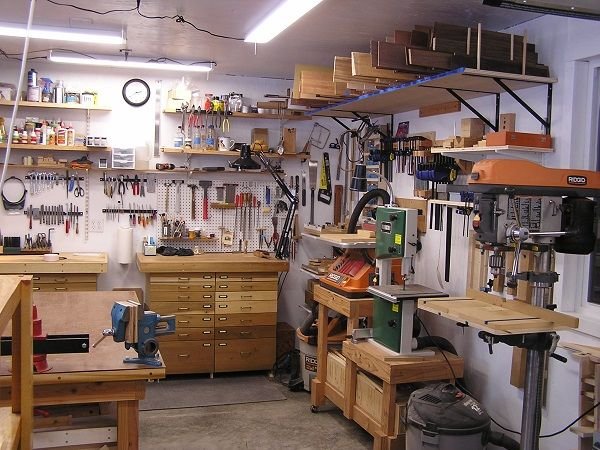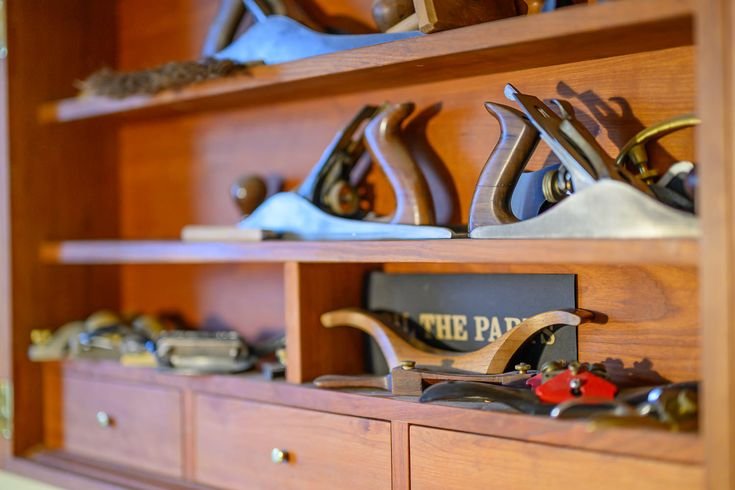Discovering Japanese Woodworking: A Tale of Triumphs and Trials
You know how sometimes a random internet rabbit hole can lead to a life-changing hobby? That’s exactly how I stumbled upon Japanese woodworking, sitting at my kitchen table with a half-empty cup of coffee and scrolling through Reddit one night. I wasn’t even looking for it; I just wanted to kill time. But there I was, staring at mesmerizing posts showcasing dovetail joints and beautiful, hand-crafted pieces. I got sucked in pretty quick, and let me tell you, it was like opening a door to a whole new world of craftsmanship.
I guess it all started when I decided to tackle a simple bookshelf for my living room. It felt like a perfect beginner project—nothing too fancy, just something to get my feet wet. I had used some power tools before, but mostly for straightforward, hack-and-slice jobs. This time felt different, like I was about to enter a sacred realm where precision and beauty mattered more than just nailing two boards together.
The First Steps: Eager but Naïve
So, armed with a handful of YouTube videos and a newfound fascination, I dove into the world of Japanese woodworking—or at least, what I thought it was. I had my eye on these beautiful Japanese chisels made by Matsumura, which I found on Reddit. They were a bit pricier than other brands, but after reading all the glowing reviews, I thought, “Hey, I’m investing in my craft!” So, my first big splurge was a set of chisels, and let me tell you, they arrived in this beautifully crafted wooden box. The moment I opened it, I couldn’t help but smell that rich wood scent. It felt like a rite of passage, like I was finally serious about this.
I also grabbed a pull saw—another must-have according to the Reddit crowd. I was so excited that I didn’t realize I’d never actually used one. The first time I tried to cut through some pine, I was practically wrestling with it, grunting and sweating. Here I was, picturing myself as some Zen master of woodworking, and I was fumbling like a toddler learning to tie their shoes. I almost gave up right then and there, but something kept propelling me forward. Maybe it was the hope of impressing my girlfriend when she came over next.
The Fateful Day of Assembly
Anyway, after what felt like weeks of preparation, I finally had all my pieces ready: a simple frame with shelves and everything was sanded down to a smooth finish, which was oddly satisfying. The soft, almost intoxicating scent of freshly sanded wood filled my workshop. I was feeling pretty good about myself—until assembly time rolled around.
I had come across this joining technique called the “shinto” method, which involves using these joints called “tsugi.” I can still remember the moment I attempted my first one. I had measurements scribbled everywhere, and I thought, “How hard can it be?” I clamped pieces together like I was building a giant puzzle. It should have worked, but you could just feel it in your gut when something’s off, ya know? I had a vocal mantra going, “Measure twice, cut once,” but my brain was just a mushy mix of excitement and panic.
To my horror, the joints didn’t line up the way they should have. I laughed at the absurdity of it all. Here I was, all hyped with these fanciful notions of craftsmanship, and I couldn’t even assemble a simple bookshelf! I almost walked away right then. But instead, I began to take a step back—breathe in, breathe out. Maybe that’s when I realized that it’s not just about perfection. Sometimes it’s the beautiful imperfections that tell the story.
A Light at the End of the Tunnel
Eventually, after a whole lot of trial and error—some sanding here, a few more cuts there—I managed to get things somewhat aligned. It’s funny because I ended up creating my own version of those tsugi joints, albeit with some creative fails along the way. I learned to embrace the fact that it wasn’t "perfect," but it was mine. When I finally stood back to admire my work, I felt that rush of pride flooding through me. Sure, it wasn’t straight as a board, but it was crafted with care, sweat, and a few colorful curses thrown in for good measure.
What blew me away even more was the support I found on that darn Reddit. People were sharing their own stories of mistakes and masterpieces alike, and that sense of camaraderie was comforting. I remember reading a comment about how woodworking is as much about the journey as it is about the end product, and it struck a chord with me. Sure, I was there for the final product, but I was also learning resilience and patience.
Wrapping It Up
So, here I am, a year later, still tinkering away in my garage. I’ve built a couple more pieces since that first bookshelf, and each one comes with its own set of lessons learned, laughs shared, and regrets—oh, and a hefty dose of sawdust in the air. You should see my girlfriend’s face when she finds out I’m launching into yet another woodworking project. She knows the chaos will follow, but we both secretly enjoy the journey.
If you’re thinking about diving into Japanese woodworking—or really any form of woodworking—just go for it. Start small, embrace the messiness, and don’t sweat the mistakes. They’re part of your story, after all. Trust me, you’ll find something uniquely gratifying in the whole process, even if it means wresting with your tools and mumbling something under your breath.
In the end, it’s about more than just the wood; it’s about the connection, the growth, and the satisfaction of creating something from nothing. So, grab that coffee, fire up YouTube, and take the plunge. You never know where it might lead.

